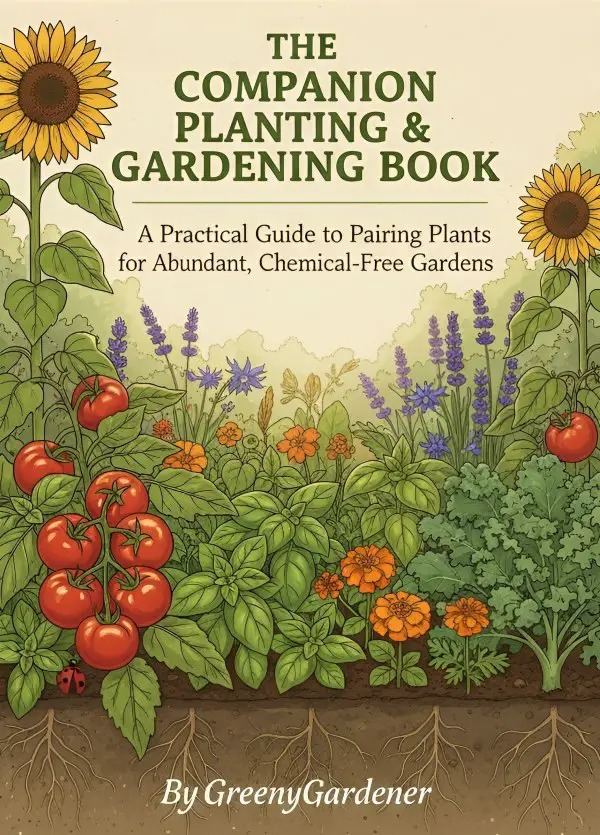Flowers That Mean Sacrifice : Symbolic Blossoms of Dedication
Flowers that mean sacrifice include red poppies, white lilies, and daffodils, symbolizing deep devotion and selflessness. These flowers carry a powerful message of honor and commitment when given in meaningful gestures.
The beauty and significance of flowers have been intertwined with human emotions and expressions for centuries. In various cultures and traditions, flowers have held symbolic meanings representing love, sorrow, gratitude, and even sacrifice. The act of giving a flower that embodies sacrifice can convey a profound message of respect and admiration to the recipient.
Understanding the language of flowers can add depth and sincerity to any gesture or occasion, making the selection of the right bloom a crucial decision. Let’s explore the different flowers that convey the sentiment of sacrifice and delve into their historical and cultural significance.
What's On the Page
- 1 The Historical Significance Of Sacrificial Flowers
- 2 Flowers Associated With Sacrifice
- 3 Depictions In Art And Literature
- 4 Floral Tributes In Warfare
- 5 Contemporary Interpretations
- 6 Preservation And Conservation Efforts
- 7 Ceremonial Practices And Traditions
- 8 The Power Of Floral Symbolism
- 9 Frequently Asked Questions
- 10 Conclusion
The Historical Significance Of Sacrificial Flowers
Flowers have historically held significant meanings in various cultures and religions. They are often used in rituals and ceremonies to symbolize sacrifice and devotion. The cultural significance of sacrificial flowers varies widely, with each flower holding its own unique symbolism.
In many cultures, flowers are used to honor and remember those who have made great sacrifices. They are also used to express gratitude and reverence. In religious contexts, flowers play a vital role in rituals, signifying the offerings made to deities. Understanding the symbolism of sacrificial flowers provides insight into the deep-rooted traditions and beliefs of different societies.

🌿 The Companion Planting & Gardening Book (eBook)
Bigger harvests, fewer pests — natural pairings & simple layouts. $6.99
Get – $6.99
🪴 The Pest-Free Indoor Garden (eBook)
DIY sprays & soil tips for bug-free houseplants. $4.89
Get – $4.99Flowers Associated With Sacrifice
Discover the significance of flowers linked to sacrifice, symbolizing devotion and selflessness. These blooms hold deep meanings conveying sacrifice in various cultures and traditions, embodying profound respect and honor. Explore the language of flowers and their symbolic representation of sacrifice in rituals and ceremonies.
| Red Poppies | The symbolism of red poppies is tied to sacrifice and remembrance. |
| White Lilies | White lilies are often associated with innocence and dignity in the context of sacrifice. |
| Other Blossoms | There are various flowers that symbolize dedication and selflessness as an act of sacrifice. |
Depictions In Art And Literature
Flowers have long been used as symbols of sacrifice in art and literature. In ancient art, floral representations were common and held deep symbolic meanings. Flowers were often depicted in religious ceremonies and rituals, representing the sacrifice of the worshippers.
These depictions served as a reminder of the devotion and commitment required in one’s faith. In poetry and prose, flowers are frequently used to convey the idea of sacrifice. They serve as a metaphor for the act of giving up something valuable for a greater cause.
The beauty and fragility of flowers underscore the selflessness and bravery of sacrifice. These symbolic meanings have resonated throughout history, evoking powerful emotions and inspiring countless works of art and literature.
Floral Tributes In Warfare
During times of conflict, flowers have often been used to commemorate sacrifice. The use of flowers in battle dates back centuries, with warriors and their loved ones finding solace in the symbolism and beauty they represent. Floral tributes have played a significant role in honoring fallen soldiers and acknowledging their bravery.
Use Of Flowers To Commemorate Sacrifice In Battle
The practice of using flowers as a way to pay tribute to those who have made the ultimate sacrifice in warfare is prevalent across different cultures and nations. Flowers such as poppies are commonly associated with acts of valor and remembrance, as they symbolize the bloodshed and hope that springs eternal. Memorial gardens and honorariums serve as permanent reminders of the sacrifices made by soldiers, allowing future generations to pay their respects and ensure that their memory lives on.
Contemporary Interpretations
Floral symbols in modern memorials depict contemporary interpretations of sacrifice.
Evolving perspectives on sacrificial blooms reflect changing societal beliefs and values. Flowers hold unique significance in honoring sacrifices in modern times.
Preservation And Conservation Efforts
Flowers that symbolize sacrifice hold significant cultural and historical value. To ensure their preservation, various conservation efforts have been initiated. The protection of endangered flowers with symbolic significance is of paramount importance.
These efforts involve safeguarding their natural habitats, implementing sustainable cultivation practices, and raising awareness about their importance. Through these initiatives, organizations strive to conserve and protect these flowers, subsequently preserving their symbolic meaning for future generations.
Sustaining these blooms not only contributes to the beauty of our environment but also upholds the rich traditions and stories they hold. By prioritizing their preservation and conservation, we can continue to honor the sacrifices represented by these remarkable flowers.
Ceremonial Practices And Traditions
Flowers hold significant meaning in various ceremonial practices and traditions. Incorporating sacrificial flowers in cultural rites is a common practice that symbolizes reverence and sacrifice. These flowers are chosen carefully to reflect the values and beliefs of the community.
They are often used in rituals and offerings to deities or ancestors, expressing gratitude and devotion. In many traditional customs, specific flowers are associated with different meanings of sacrifice, such as purity, loyalty, or bravery.
These blossoms play a vital role in celebrating important occasions and honoring the sacrifices made by individuals or groups. From ancient rituals to modern festivities, the presence of sacrificial flowers adds beauty and depth to cultural traditions, connecting generations and preserving cultural heritage.
The Power Of Floral Symbolism
Floral symbolism carries profound significance in cultural narratives and collective memory. Flowers symbolizing sacrifice, such as the red poppy, tulip, or rose, evoke eternal remembrance and honor. These blooms serve as poignant reminders of sacrifices made in various contexts, from wars to personal struggles. The impact of sacrificial flowers transcends time and space, resonating deeply with individuals and communities alike.
Frequently Asked Questions
What Flower Symbolizes Sacrifice?
The poppy flower symbolizes sacrifice. It is often used to honor those who have made sacrifices in war.
What Symbolizes Sacrifice?
Sacrifice is symbolized by various objects, including a lamb, a cross, and a candle flame. These symbols represent the selfless act of giving up something valuable for a greater cause.
What Flower Symbolizes Suffering?
The poppy flower symbolizes suffering due to its association with war and remembrance.
What Flower Means Selfless?
The flower that symbolizes selflessness is the white rose. Its pure color represents a willingness to put others before oneself.
Conclusion
In the language of flowers, certain blooms symbolize sacrifice, conveying deep emotions subtly. Understanding these floral meanings enriches the act of gifting flowers. Take time to appreciate the hidden messages behind each petal arrangement and enhance the significance of your floral gestures.
Let the blooms speak volumes for you.
- Why Clustered New Growth On African Violets – A Gardener’S Guide - October 18, 2025
- When To Divide African Violets – A Guide To Rejuvenating Your Plants - October 18, 2025
- How To Keep African Violet In Terrarium: Your Complete Guide - October 18, 2025
